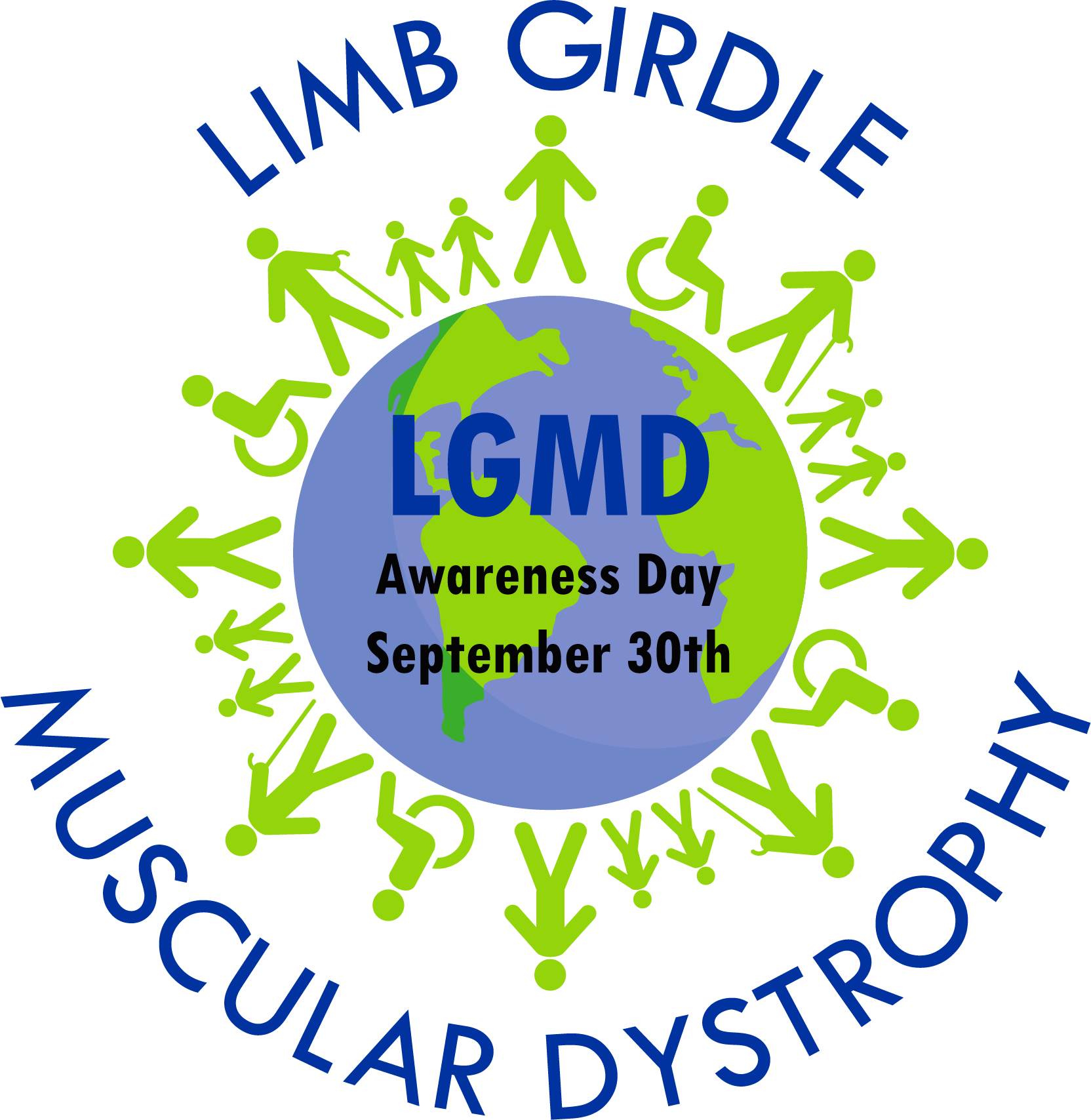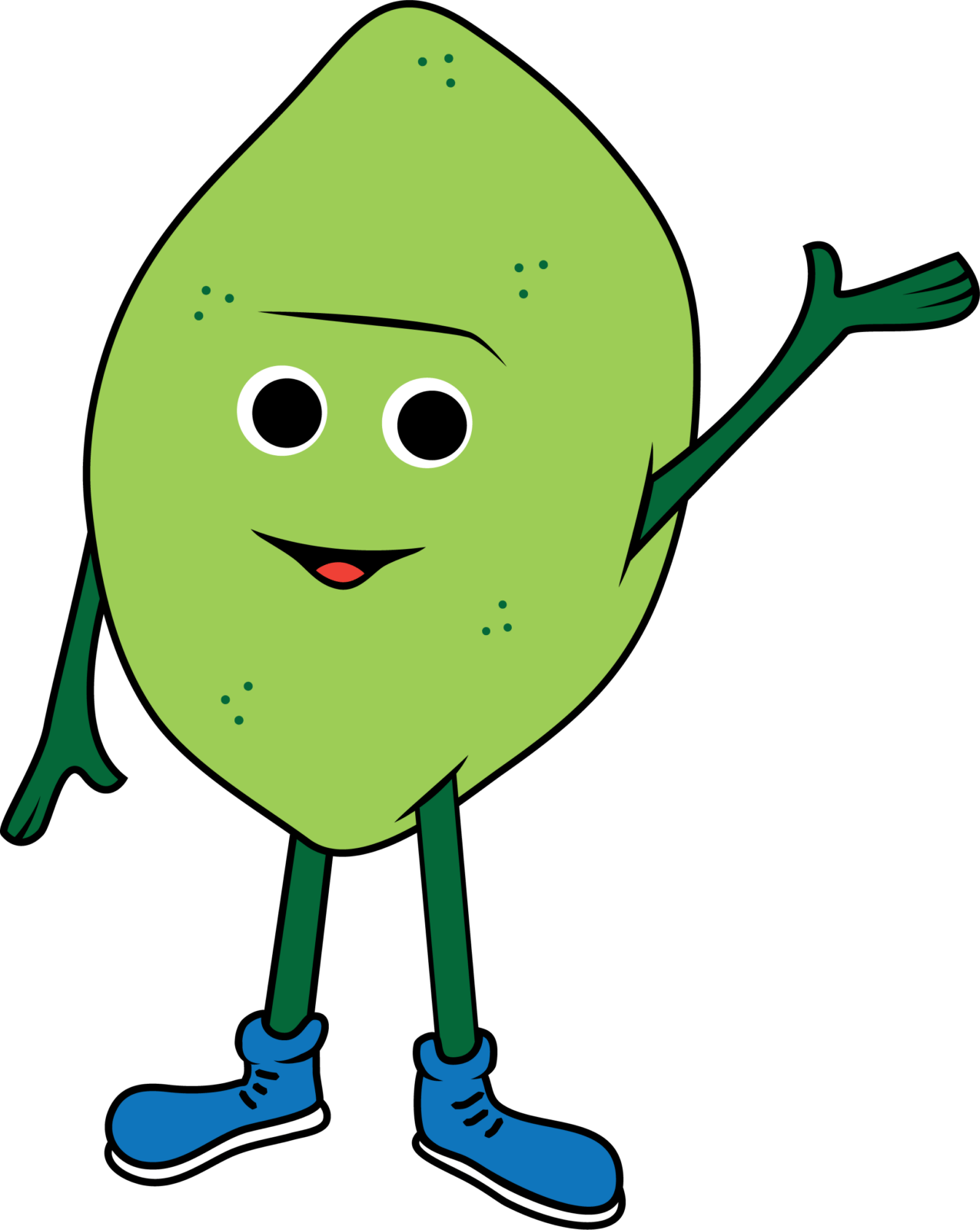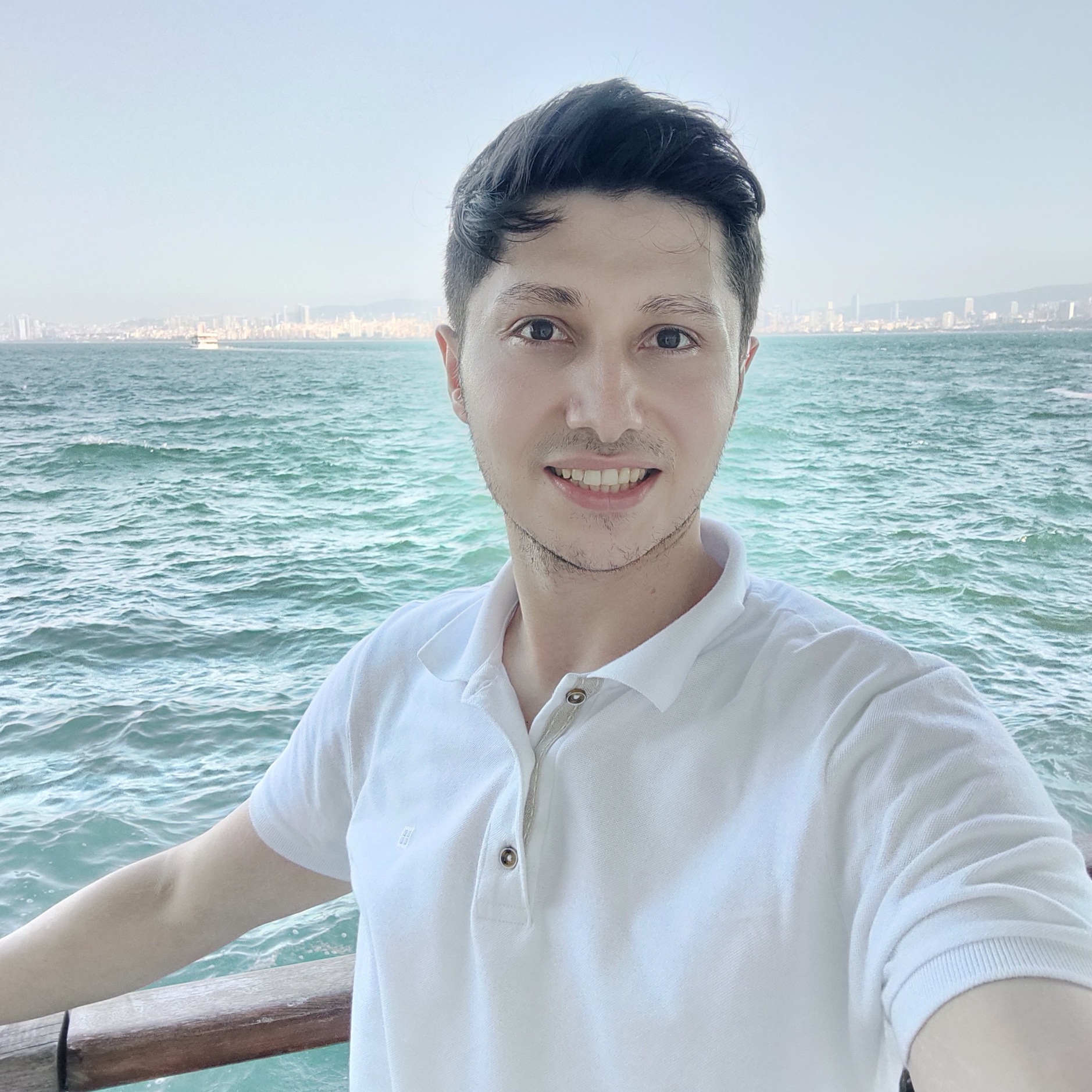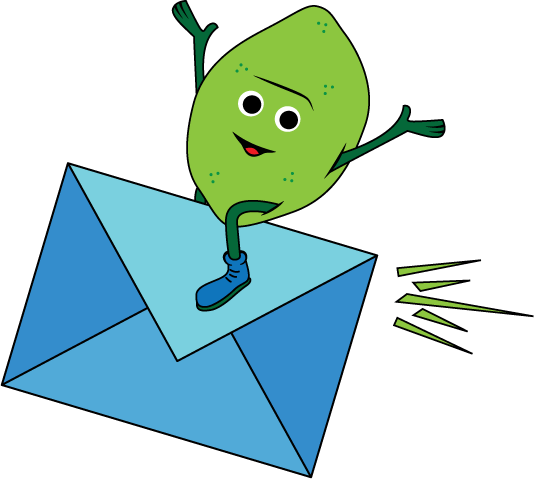Individual with LGMD: Tasha
LGMD “SPOTLIGHT INTERVIEW”
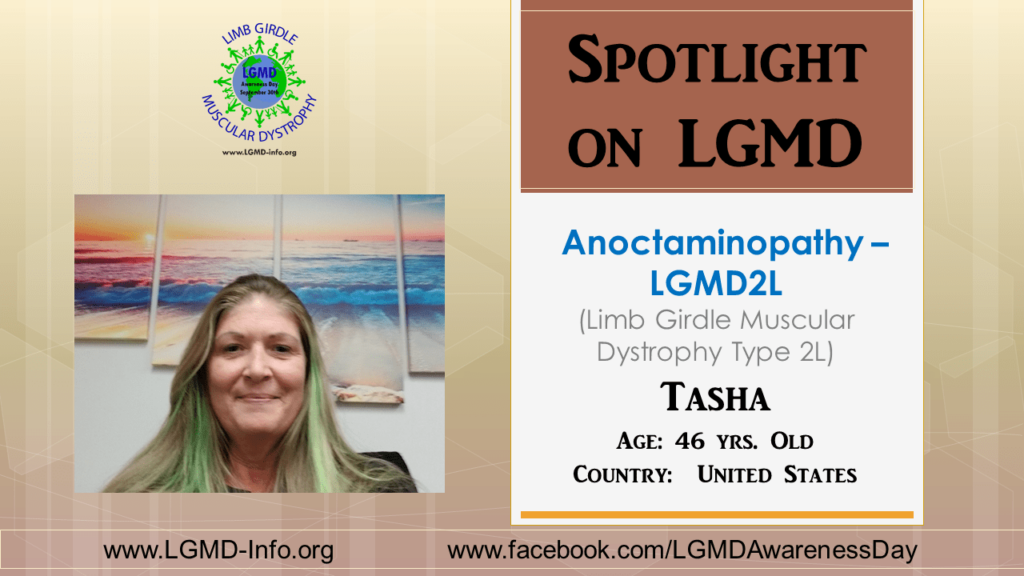
Name: Tasha Age: 46
Country: United States
LGMD Sub-Type: LGMD2L
At what age were you diagnosed:
I was diagnosed at the age of 13 but had problems since about the age of 8. They said it was growing pains and then several wrong diagnoses were given. At the age of 13, my blood levels were looked at and were off the chart.
What were your first symptoms:
I experienced weakness and horrible aching in both calf muscles after exercising.
Do you have other family members who have LGMD:
Yes, my younger brother has the same diagnosis of LGMD2L. He has had a totally different progression and level of muscle atrophy. My older sister does not have it. Both of my parents were carriers.
What do you find to be the greatest challenges in living with LGMD:
My greatest challenges with this disease are tiredness and pain. And, people not understanding.
What is your greatest accomplishment:
Continuing on every day, working and exercising.
How has LGMD influenced you into becoming the person you are today:
Depends! It has gotten me to be an advocate for myself and health. I was told to be in a wheelchair by adulthood, if not sooner. I was also told to plan my career accordingly. Then I was told to stop all of my sports and activities. As a 13-year-old, this had profound effects on my childhood, as I was heavily involved in sports and was really good at them – especially soccer. So as not to drive myself crazy, I ignored the doctor’s advice and did it anyway. I played soccer through college and after. I believe it helped me overall with my attitude and physical well-being. I often hurt and had difficulties walking afterward, but I think overall it helped me stay healthy and kept my muscles active. I still exercise and do outdoors activities, but have a longer recovery time. I am an accountant and I feel that is partly due to my abilities. I believe LGMD has made me a stronger person overall.
What do you want the world to know about LGMD:
First that although awareness has been brought to the forefront, mostly about Duchenne MD, it was primarily because of the Jerry Lewis Telethons each year. There are many other forms of muscular dystrophy that people like I have….that also need research. People are suffering and there is NO CURE! Also, with LGMD, I have noticed that it is not always apparent that people have a disability. Meaning….I look totally normal but have several problems people do not recognize. Since I am not in a wheelchair, some people think I am just faking it. I cannot do stairs at all anymore and have had to turn down many job opportunities because there was no elevator.
If your LGMD could be “cured” tomorrow, what would be the first thing that you would want to do:
I would tell the world…..
* * * To read more “LGMD Spotlight Interviews” or to volunteer to be featured in an upcoming interview, please visit our website at: https://www.lgmd-info.org/spotlight-interviews
* * * Please LIKE, COMMENT and SHARE this post to help raise awareness
of LGMD!

